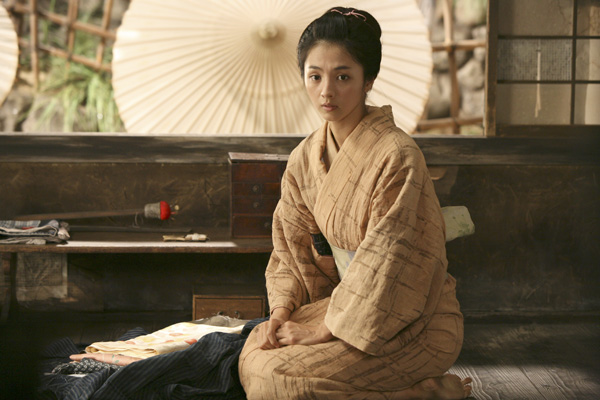
Hikari Mitsushima in HARA-KIRI: DEATH OF A SAMURAI
I try not to be as open-minded as possible, but this film treads on semi-sacred ground for me. In case you don’t know already, this new film by Takashi Miike is a remake of a 1962 film of the same name (sometimes called simply Seppuku) by the master director Masaki Kobayashi (The Human Condition, Kwaidan; he’s a big player for the Criterion Collection). Remakes are nothing new to Miike, like his previous film, 13 Assassins. But the original film that was based on was not widely seen outside of hardcore samurai movie-lover circles, but Kobayashi’s Harakiri is a little different. But I’ll get more to that in a moment.
In 17th century Japan, a wandering ronin, Hanshiro (Ebizo Ichikawa), arrives at the doorstep of a feudal lord asking permission to commit ritual hara-kiri (suicide by disembowelment), and at first the lord is taken aback by how many recent samurai have killed themselves. The lord tells a story to Hanshiro to dissuade him: a young man, Motome (Eita), came to the same lord asking to commit hara-kiri but was under suspicion of being a “suicide bluff,” someone who comes to a clan and asks for money in exchange for not killing himself. Motome, as it turns out, comes clean. He’s bluffing, but is desperate for just three coins to help his sick wife and child. Hanshiro’s clan doesn’t buy it, and tells him to kill himself. What follows is one of those brutal scenes that one can’t look away from, and Miike, to his credit, makes it both gripping and sickening to watch by what he mostly shows (Eita’s terrified face and the reactions of other samurai) and doesn’t show (not as much gore as one might expect from Miike, also to his credit).
But then Hanshiro has his own story to tell, and as his story unfolds it becomes clear that revenge is really his motive, and we see in very exacting detail what lead to this decision. For its first three-quarters, the movie is very much… no, practically the same as Kobayashi’s film in terms of story. The main difference here is that it is in color instead of black and white and, very bizarrely, in 3D. While I saw the film on-demand, I couldn’t for the life of me figure out why this was shot that way. Perhaps because of a few key scenes involving snow? You’d think if any of Miike’s movies would benefit from 3D it would be 13 Assassins, with its 45-minute bloody battle sequence.
When I say that it’s the same as the original film, I’m trying not to be hyperbolic. I recently saw the original film and was incredibly moved. Kobayashi portrays the samurai experience as extremely unglamorous and corrupted by the feudal system. In fact, it may be the deepest of all films made about samurai. This movie stays with you.
Which is what makes Miike’s film so disappointing. If you haven’t seen the original, and this will likely be the case for a good many viewers, then the film on its own terms is never less than competently made and shot. The editing gives the film room to take its time, and the acting by Ichikawa, Eita, and, in her supporting role, Hikari Mitsushima is captivating. But I wanted something a little more from a director who in his God-knows-how-many films has challenged the rules of filmmaking and storytelling so often.
It’s only in the last quarter that he seems to deviate a little from the original—and not necessarily in a good way. Kobayashi gave us a trio of samurai duels and a climax that felt long in the way the suspense builds in shots that hold on the characters, but Miike shortens the showdown. It’s as if he’s more concerned with the mid-section, about the tragedy of the samurai and his family and not so much with the action—a conscious decision, I assume, after he hit such a high mark with 13 Assassins.
But for some reason I found this remake/revamp/reimagining not to inspire me much. I just felt hollow once it ended, in the same way following David Fincher’s remake of The Girl with the Dragon Tattoo. I can see a director here attempting something interesting with the smaller details, like the color of a set, but not with the bigger picture, and that’s the reason for my disappointment.

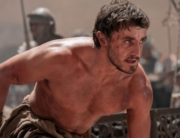
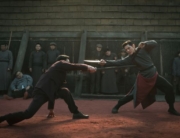
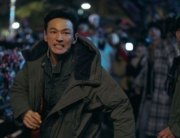
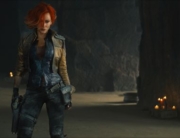
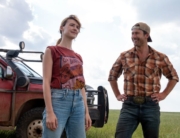










Leave A Comment